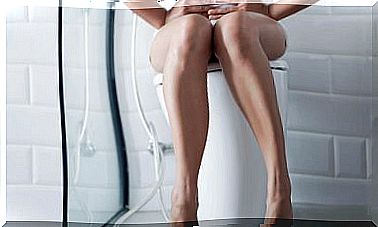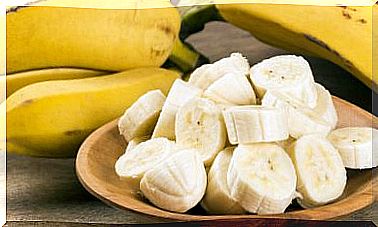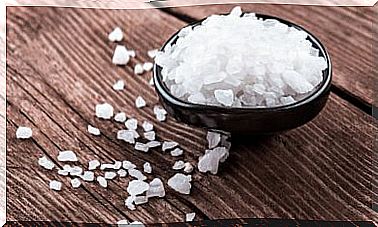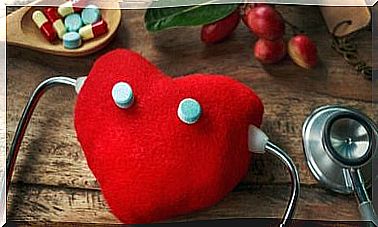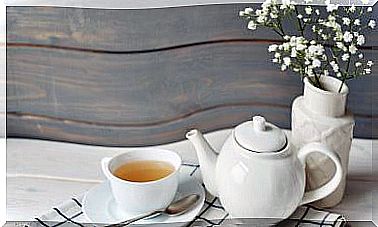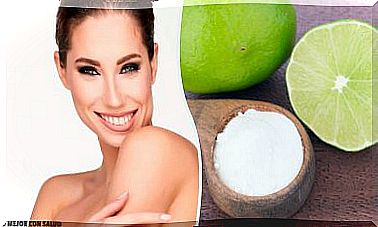5 Tips To Disinfect The Blender
Performing a correct disinfection of the blender will help you keep your kitchen free of bacteria and fungi that can affect your health. Learn 5 simple tricks!
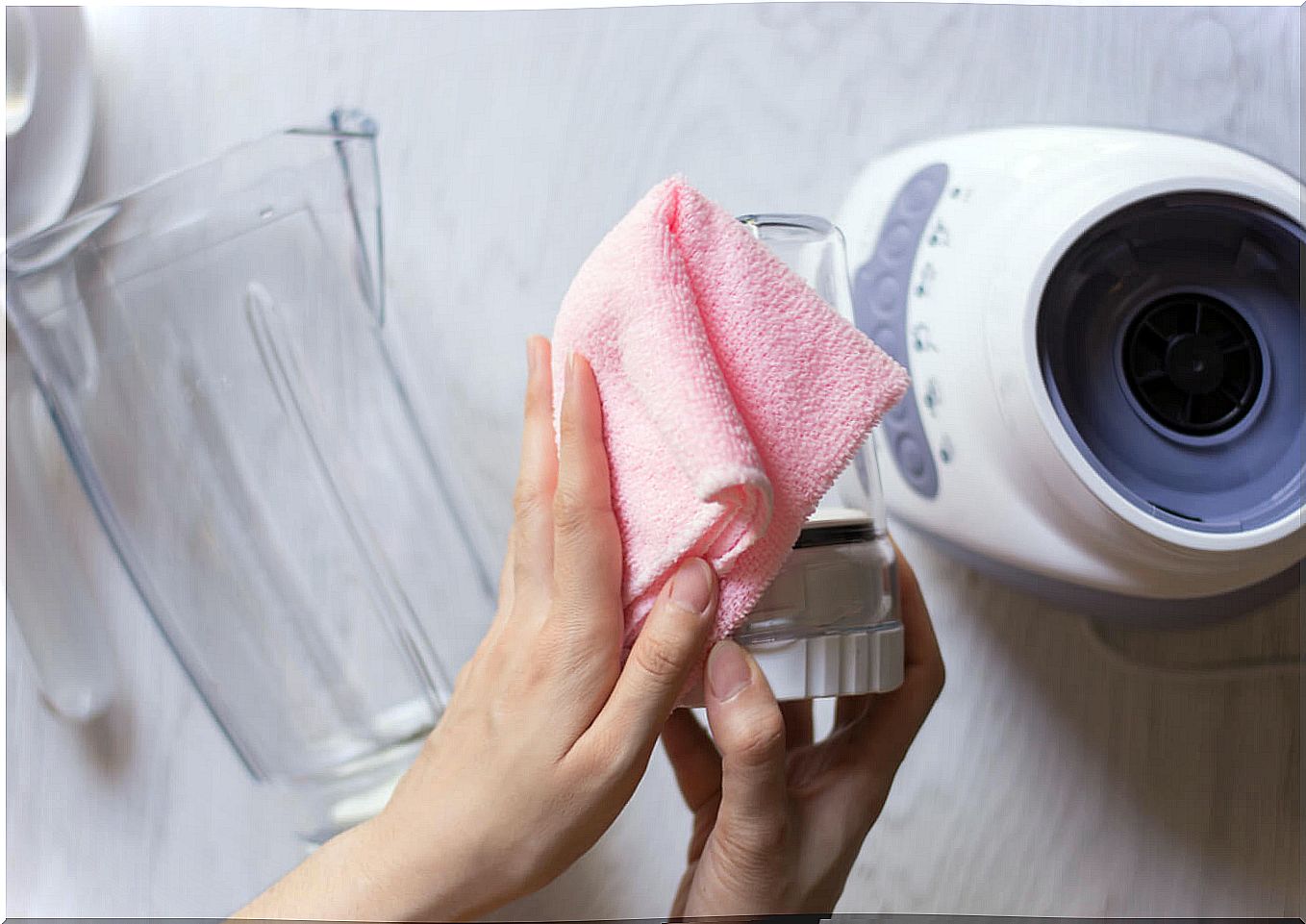
The blender is one of the most used appliances due to its ease of use and versatility, since it allows you to make juices, smoothies, soups, sauces and all kinds of recipes. However, it can be difficult to remove the small debris that gets trapped on your walls and blades. Therefore, below you will discover 5 tips to disinfect the blender.
In recent times, global awareness has increased about the importance of cleaning and disinfection in homes for the elimination of viruses and bacteria. Now, do you know how to leave your blender sparkling and germ-free?
Why is it important to sanitize the blender?
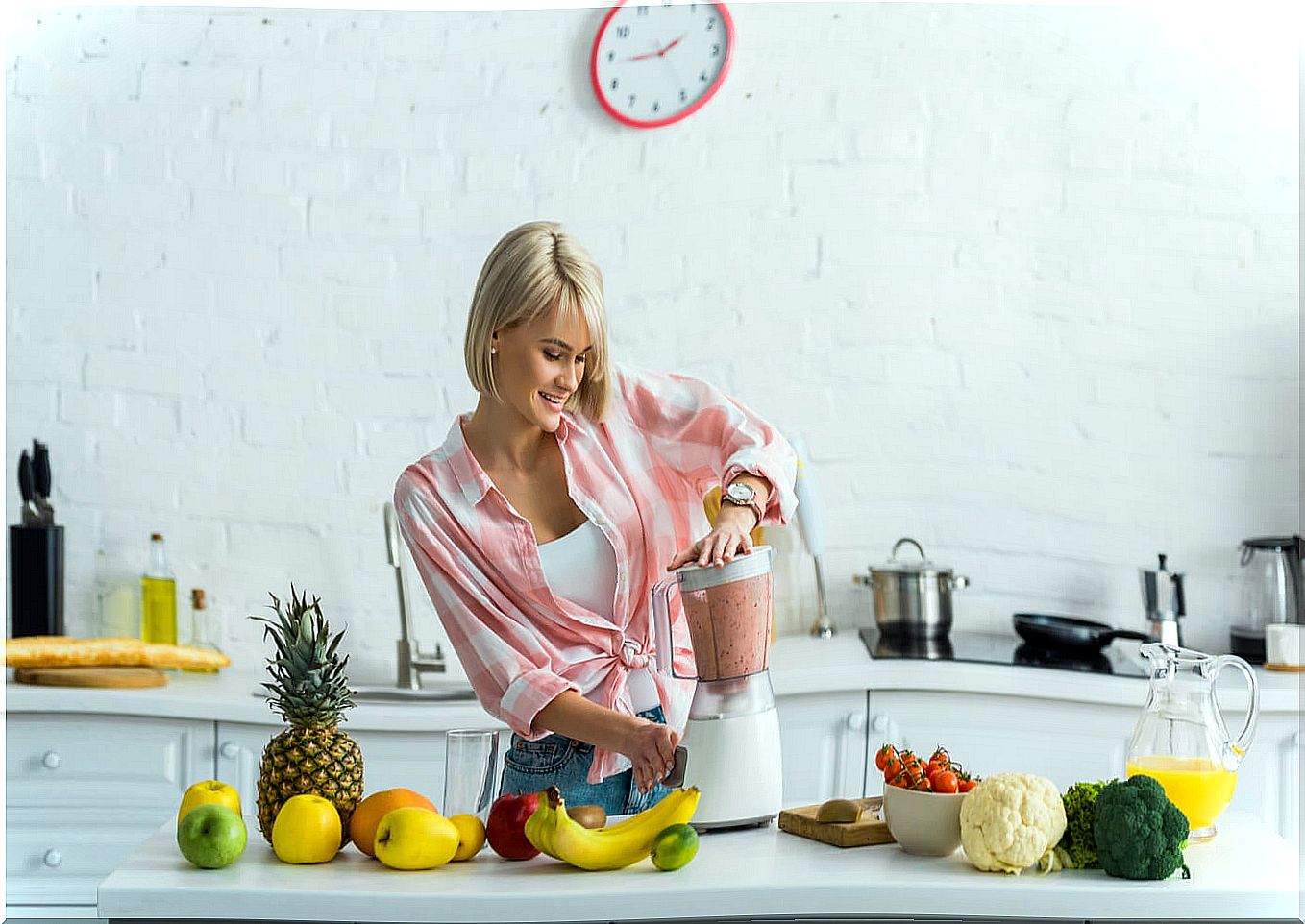
Sanitizing the blender is essential to remove food residues that, if left untreated, can create fungi or generate bacteria that are harmful to health. Also, the accumulation of food residues in it could attract different insects such as ants, flies and cockroaches.
Continue reading: 6 repellents free of toxic chemicals to fight ants
On the other hand, according to a Guide to correct hygiene practices for restaurants produced by the Generalitat of Catalonia, it is very important to avoid cross contamination between raw and cooked foods, since the former tend to have a higher number of bacteria and contaminate the food. cooked food.
One of the most common diseases that cross-contamination can cause is salmonellosis, an infection caused by the salmonella bacteria that can be found in a variety of foods such as beef, chicken, fruits, vegetables, and eggs.
The Centers for Disease Control and Prevention of America notes that cleaning, separating and cooking with correct protocols, as well as cooling food to the proper temperatures, is essential to ensure food safety.
Likewise, this entity indicates that meat, raw eggs, poultry and seafood should be kept separate from foods that have already been prepared. Therefore, you must pay special attention to disinfecting your blender, especially if you have handled these foods in it.
Tips for sanitizing the blender
Before disinfecting the blender, it is important that you unplug it and remove the glass from the base. Depending on the model, you can separate its parts, as indicated in the user manual. You must pay special attention to handling the blades to avoid injuries.
Wash it with the help of a brush
The first step will be to do a traditional wash with soap and water. To help you get to the difficult parts, you can use a toothbrush that is intended only for this purpose. In addition, you should rub its walls and cover with a soapy sponge to remove stains.
Blend hot water with dish soap
Fill the glass of your blender halfway and add a few drops of earthenware soap. Then, run the blender for 30 seconds. Rinse off excess soap and suds with cold water in the sink.
Make a mixture of water, vinegar, baking soda and liquid soap
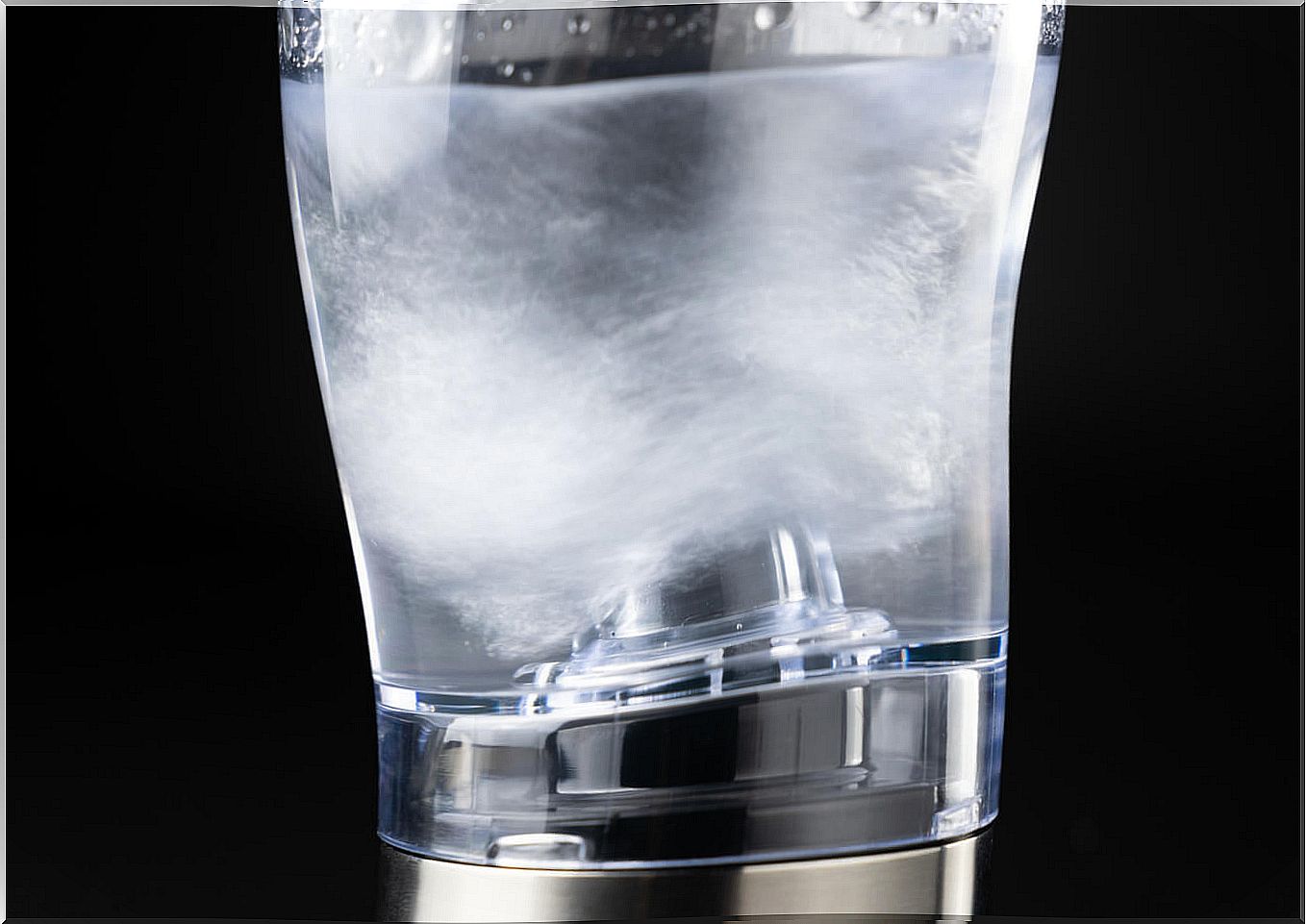
If your blender has hard-to-remove food residue, it is a good idea to soak it overnight with a mixture of water, vinegar, baking soda, and liquid dish soap. In addition to loosening the food, the vinegar will act as an acid medium to prevent the growth of fungus.
Blend lemon juice with water
Lemon, due to its acidic nature, would make it possible to soften fats, neutralize bad odors and clean metals, as indicated in the book «Physical-chemical co-education: homemade tricks in the classroom». To be effective, you must let it act for several minutes in the blender, and then do the usual washing.
Avoid drying it with cloth cloths
It is not advisable to use cloth cloths to dry kitchen utensils because they can contain bacteria that thrive in moisture. It is recommended that you use disposable paper towels or allow them to air dry. To do this, you can turn the blender upside down to drain the water and wait until it is dry to put it away. To avoid creating bad odors, do not seal it with the lid when you store it.
Take care of the external parts
Although bacteria tend to accumulate inside the blender glass, you also need to keep its external parts in optimal condition and free of dirt. To clean the base of the motor, you can help yourself with a cloth with vinegar. Also, if you notice that the buttons have become dirty, a cotton ear swab will help to remove excess food.
Thoroughly sanitize your blender
As you have been able to discover throughout this article, a blender with food waste can be dangerous for your health. Take your time after use to leave it as clean as if it were new.
The combination of elements such as soap and water, lemon, vinegar and baking soda will allow you to get rid of all the remains that could cause problems in the future.

